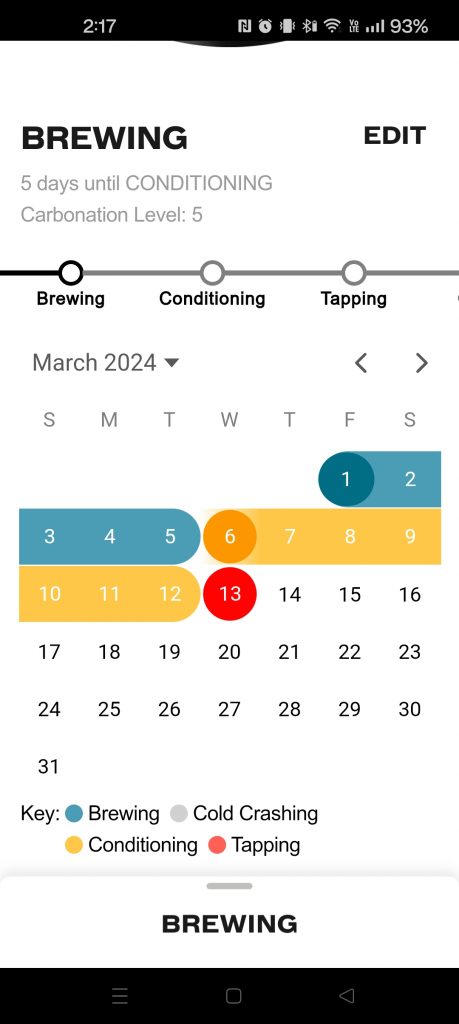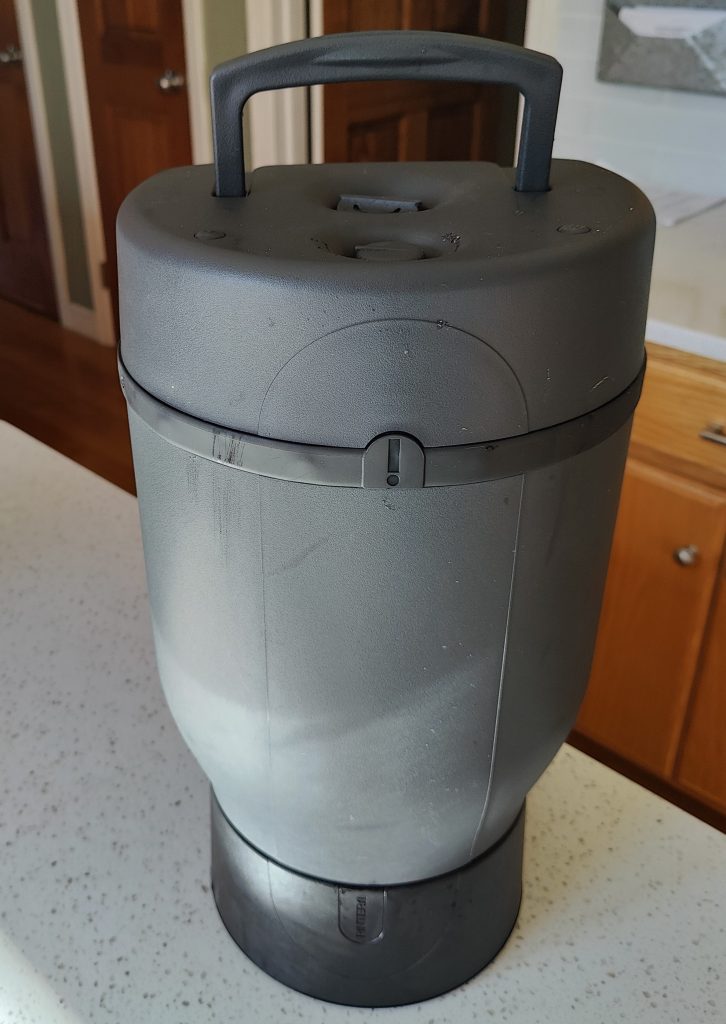We enter double digits for our number of picks in this homebrewing beer challenge. We go to the Jar to randomly pick beer styles and then brew them for you. This series has been quite entertaining for us. We hope you share in our quest to brew excellent versions of the many styles of beer.
Let’s see what the Jar of Destiny has in store for us in this episode.
Our Picks
John’s Pick: 19B – California Common
All praise the Jar. Here’s a style that needs our homebrewing challenge. With the closing of Anchor Steam last year, who will be the keeper of the flame for Steam Beer? It’s homebrewers like us!
The main points for this beer will be to get the Northern Brewer hops profile right. In addition, the fermentation will need to be on point with the right yeast strain and the right temperature. Can’t wait to put forth a worthy attempt for The Dash!
Mike’s Pick: 1A – American Light Lager
Easy to drink but hard to brew correctly at home, this style should pose a medium-level challenge for Mike. He is already thinking through his strategy after the pick. His favorite macro-brewery light beer is Miller Lite. If he can produce a top-notch clone of that beer, he will win this challenge.
Thanks so much for being a part of the Jar of Destiny series. Follow the links below to find all the related posts. BREW ON!
Check out the First Pick and the start of it all!
Check out the Second Pick
Check out the Third Pick
Check out the Fourth Pick
Check out the Fifth Pick
Check out the Sixth Pick
Check out the Seventh Pick
Check out the Eighth Pick
Check out the Ninth Pick
Links To The Jar of Destiny Series Results
Check out the British Strong Ale post
Check out the Black IPA post
Check out the International Amber Lager post
Check out the Belgian Tripel post
Check out the Double IPA post
Check out the Kölsch post
Check out the English IPA post
Check out the Wood-Aged Beer post
Check out the Belgian Golden Strong Ale post
Check out the American Amber Ale post
Check out the German Pils post
Check out the Brett Beer post
Check out the Munich Helles post
Check out the Imperial Stout post
Check out the Foreign Extra Stout post
Check out the Belgian IPA post
Check out the Eisbock post


